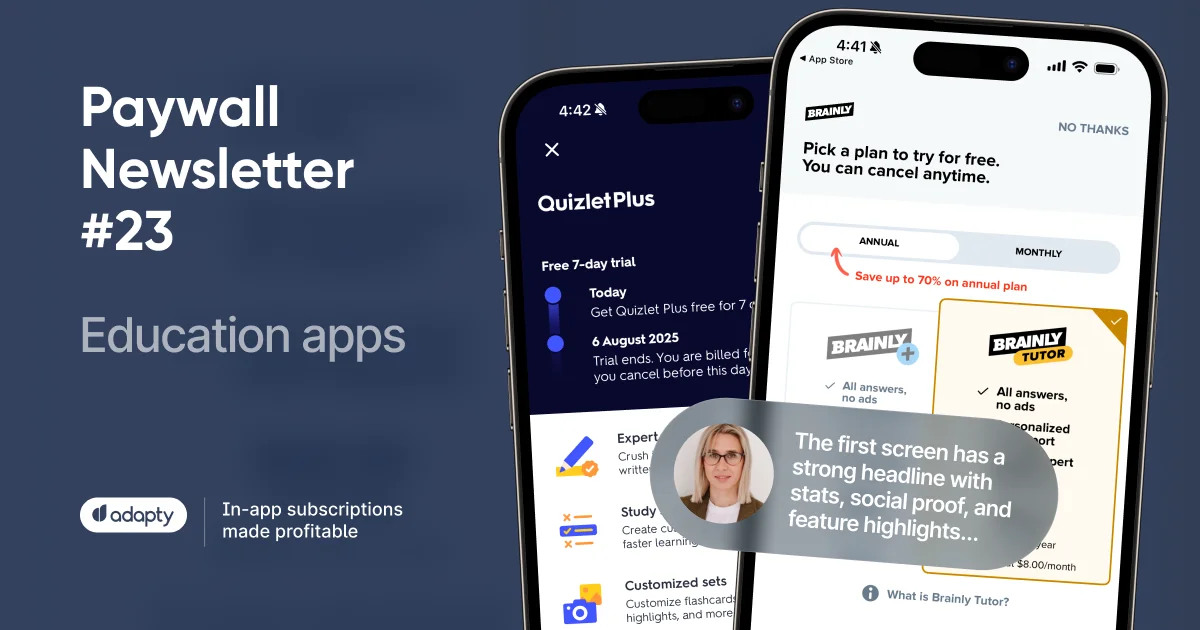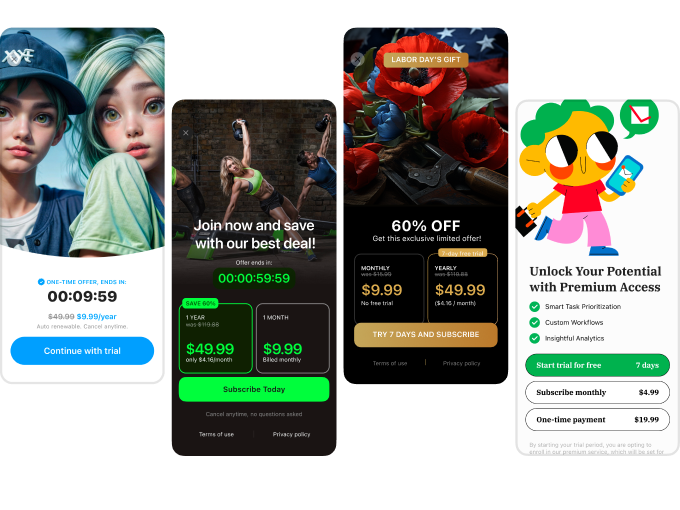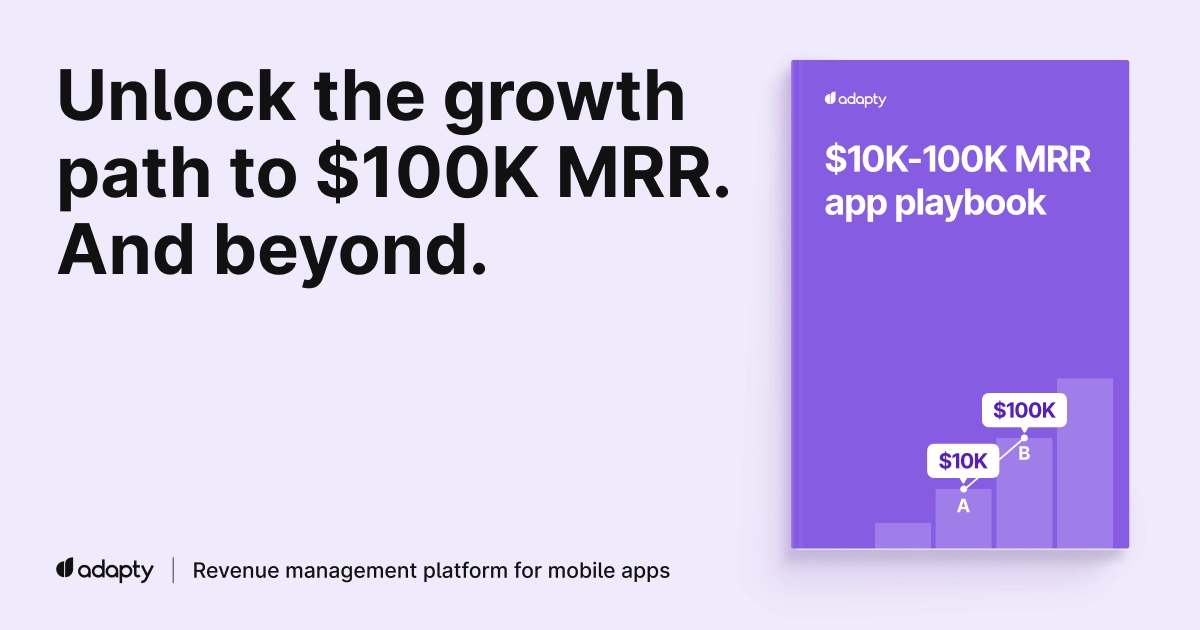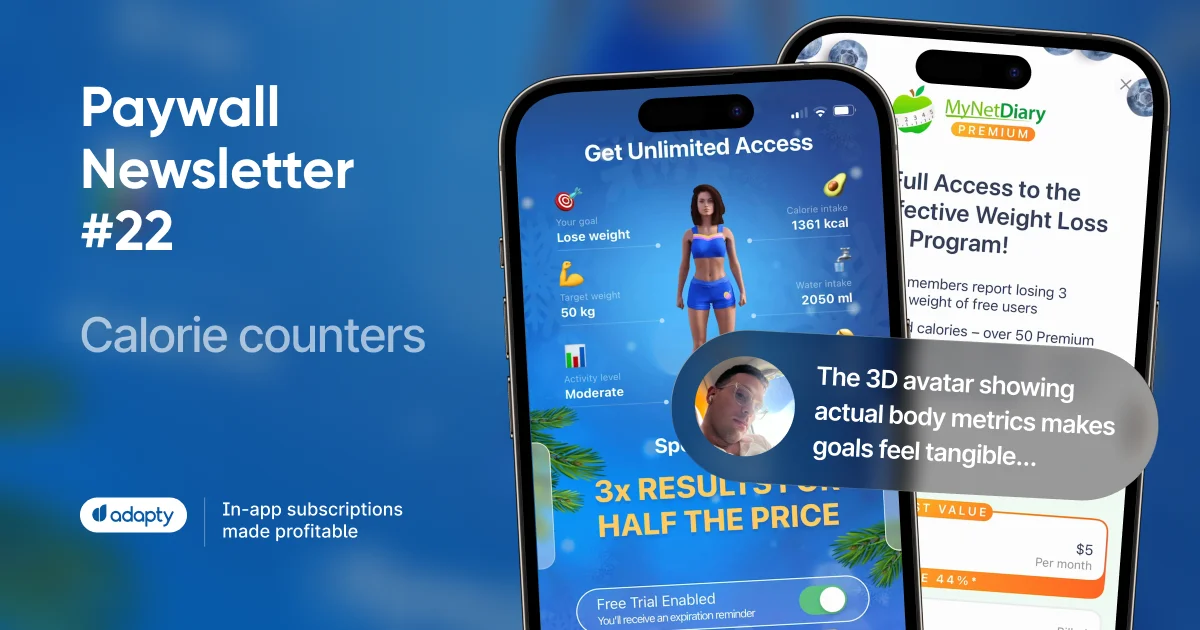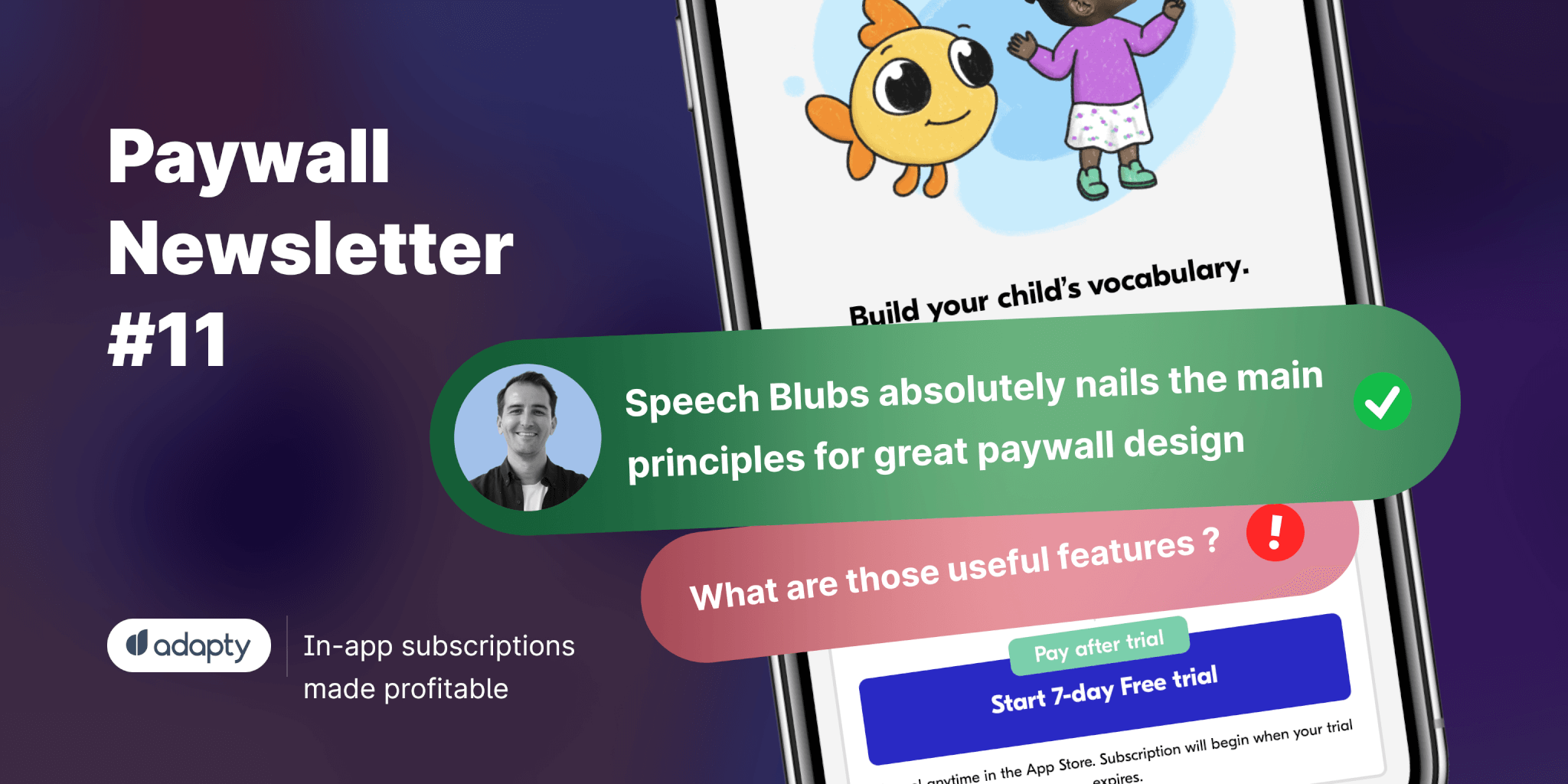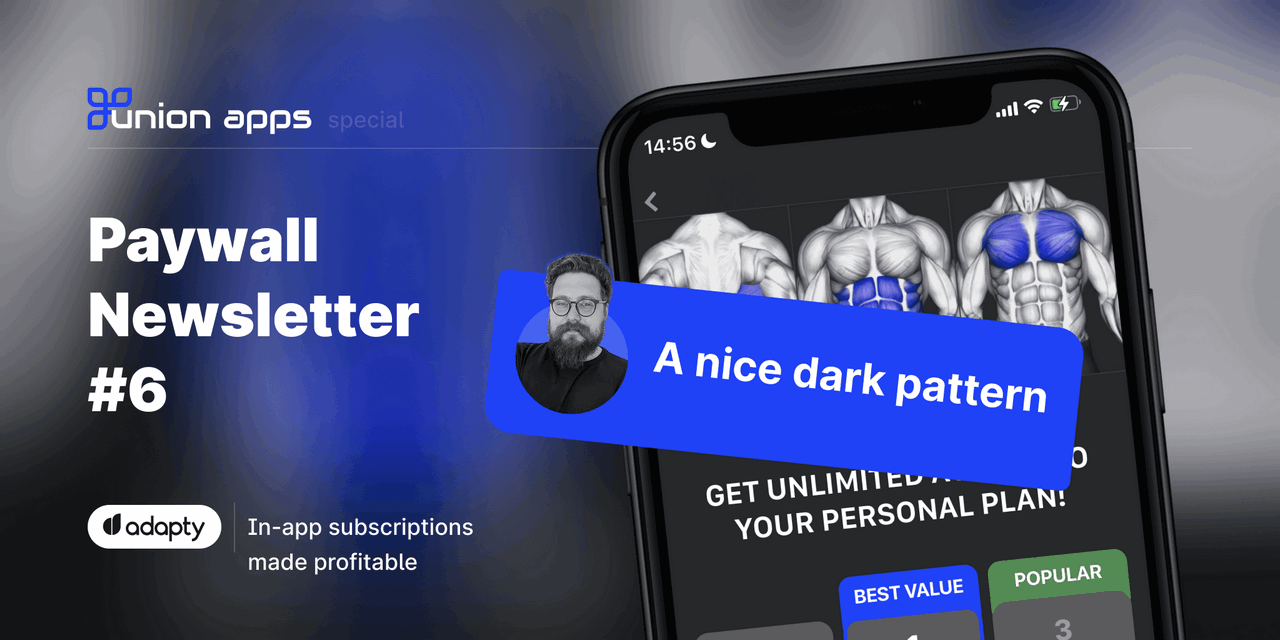The 23rd issue of the Paywall Newsletter is here!
Summer is wrapping up, and learning season is around the corner.
To mark the occasion, we’ve picked a set of ‘education essentials’ apps from the App Store and explored how they drive conversions.

Ekaterina from MyGroove (music instrument learning app), who previously worked at Mimo and with many other educational apps as an advisor, joined us in studying the niche.
Blinkist
Last month revenue: $2M
Last month downloads: 100K
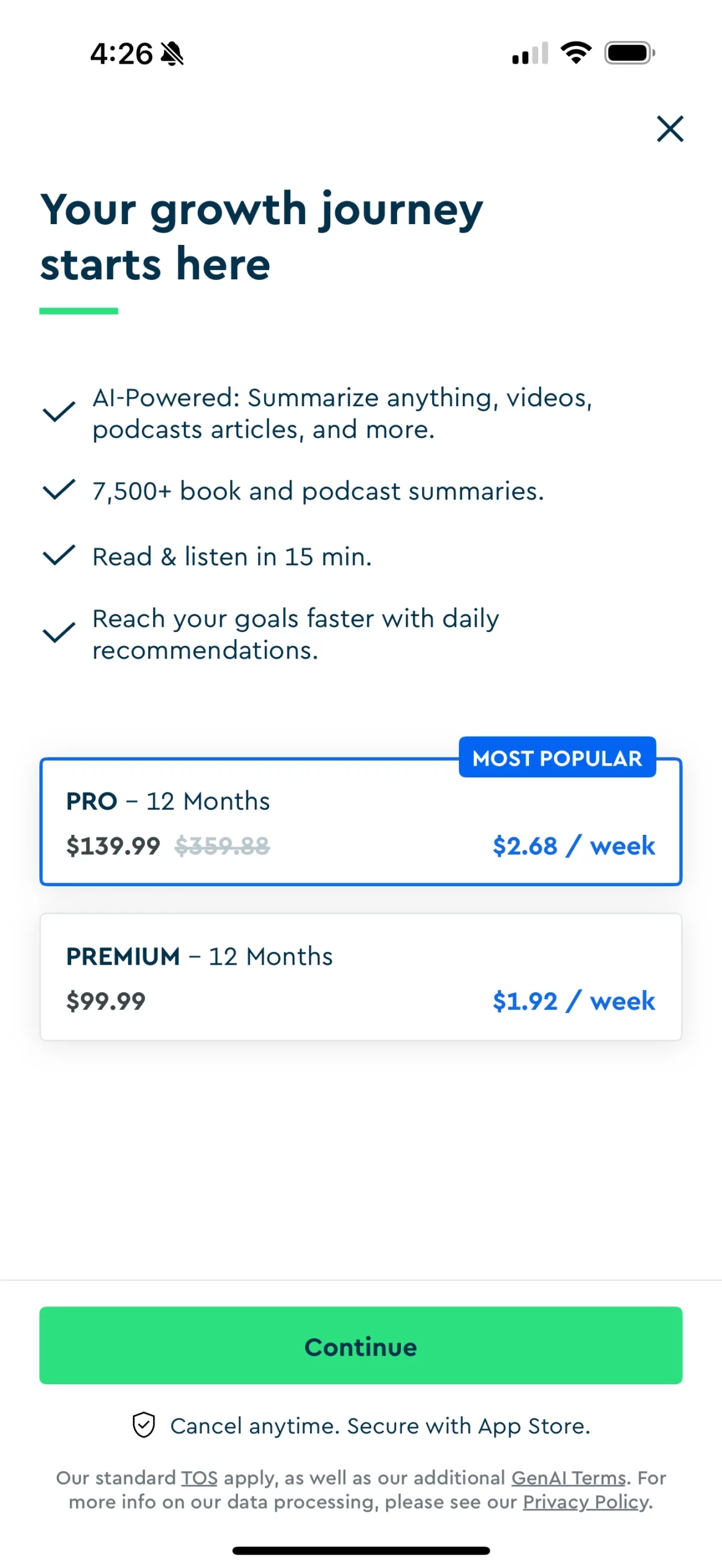
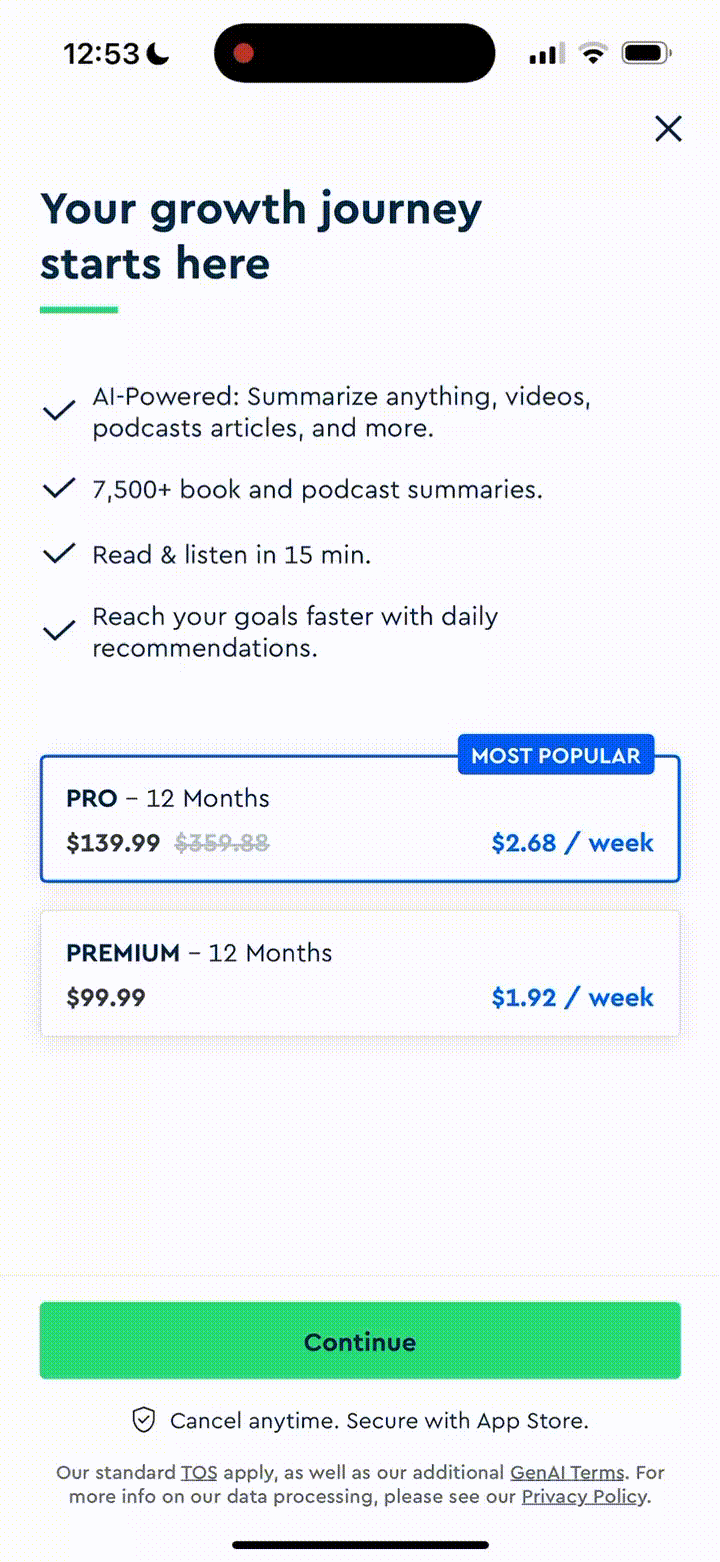
What’s working well:
- Blinkist’s paywall has been evolving over the years. And now, compared to the first 2020 version of the trial timeline, Blinkist goes beyond explaining how the trial works and focuses on why it’s worth starting one.
- Despite a lot of copy, the layout feels clean and user-friendly, featuring essentials like cancellation reassurance, clear apple-to-apple (in this case, weekly) price comparison, and strong headlines. All this adds to transparency.
- The CTA “Start your free 7-day trial” is clear and descriptive.
What I would test next:
- I would test a design with a trial toggle to smooth the scepticism of the PRO offer. This interactive choice right on the paywall can spark engagement and increase conversions, as seen by Flo years ago.
- A comparison table of the PRO and free plan would help visualize the PRO benefits more clearly.
Quizlet
Last month revenue: $2M
Last month downloads: 500K
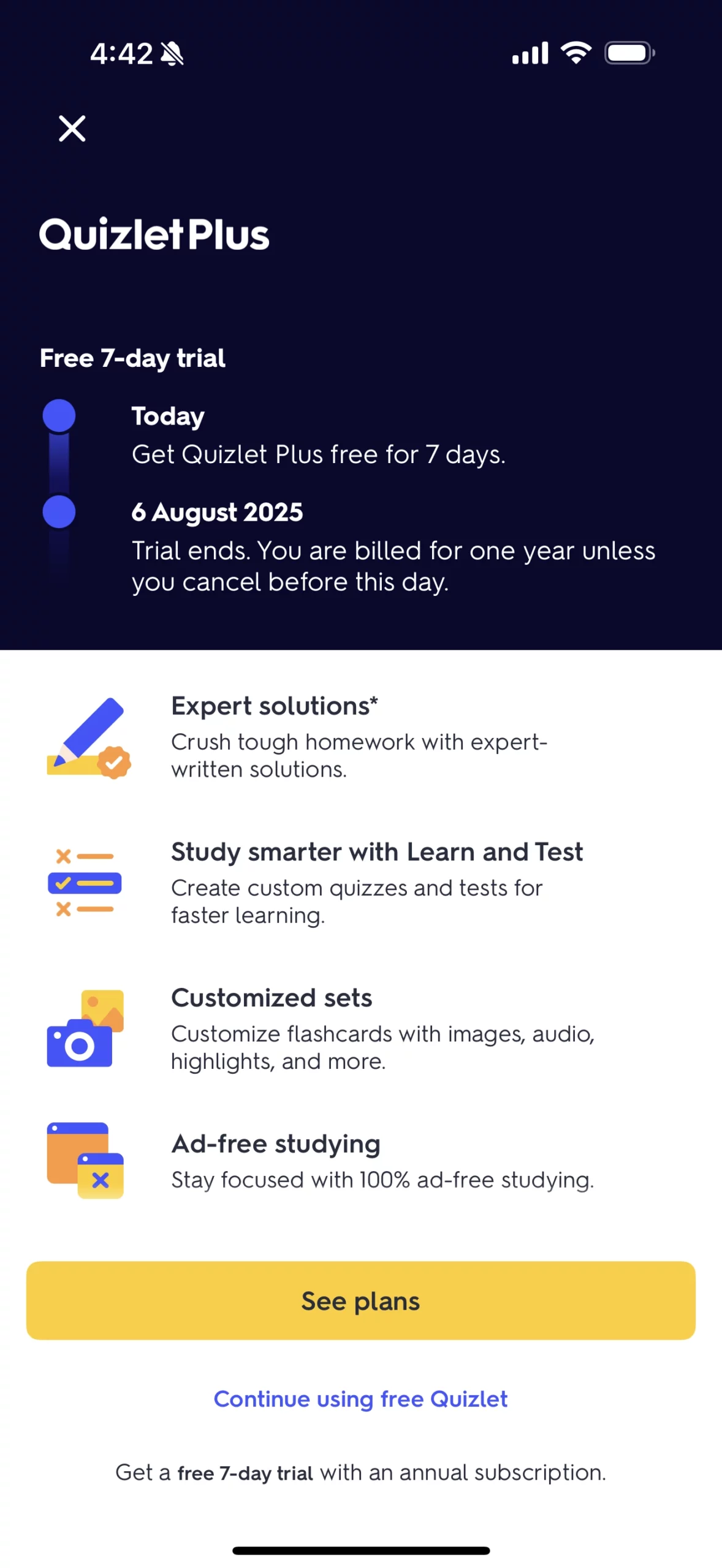
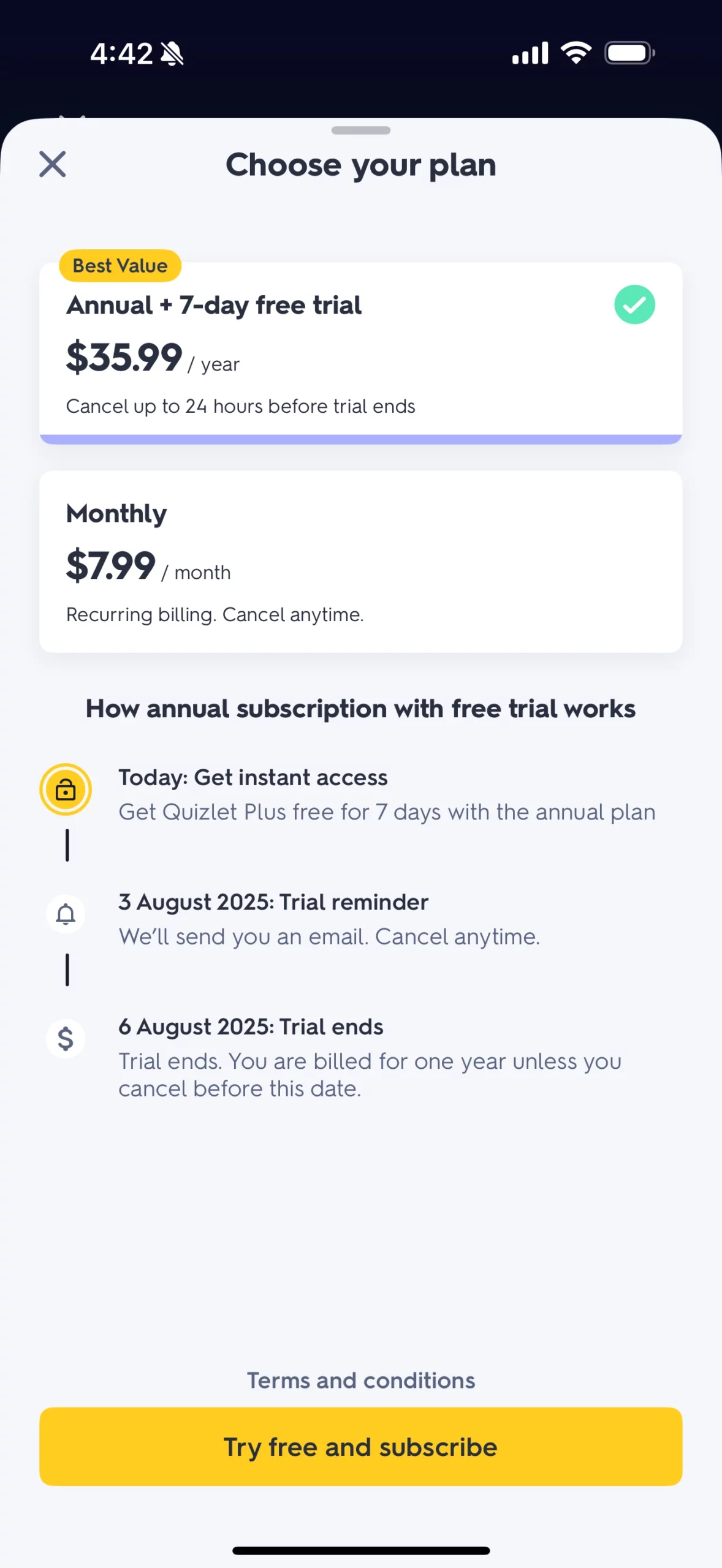
What’s working well:
- Quizlet nails transparency, clearly stating when billing starts and urging cancellations 24 hours before the trial ends, preventing common user frustrations and, potentially, bad ratings and reviews.
- The secondary CTA, “Continue using free Quizlet,” sets honest expectations and makes it clear that the freemium version exists. This might hurt conversions, but it probably helps with user retention and decreases app deletions.
What I would test next:
- I’d add benefit-driven points to the trial timeline section, for users to better understand what they unlock today.
- In the past, I saw the trial opt-in rate increase after crossing out the first “Today” item on the timeline list, thanks to the goal gradient effect.
- I’d mention (and implement!) trial expiration reminders. This can provide peace of mind for users with trial anxiety and, hence, boost trust and conversions.
Haven’t subscribed to our Paywall Newsletter yet?
Two fresh issues each month. Straight to your inbox.
Brainly
Last month revenue: $300K
Last month downloads: 80K
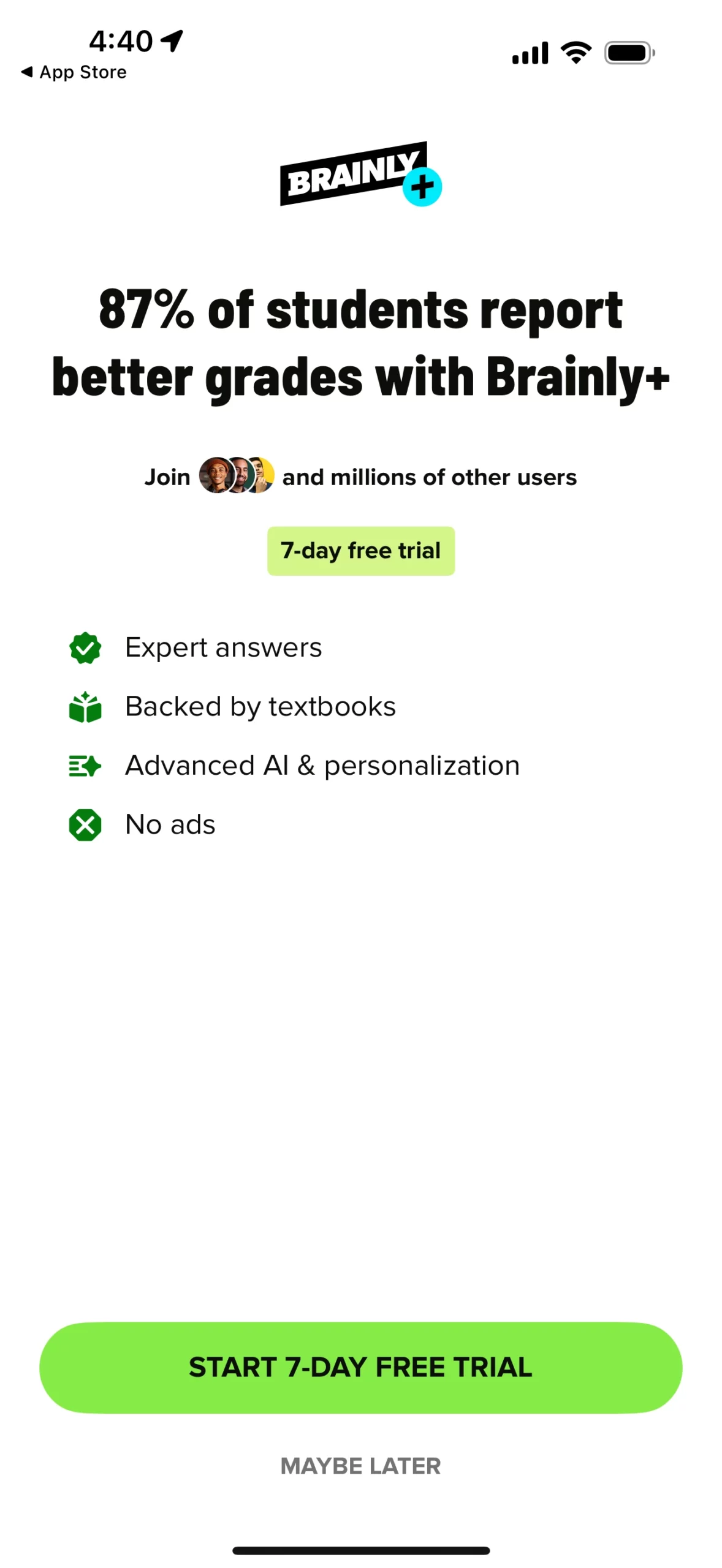
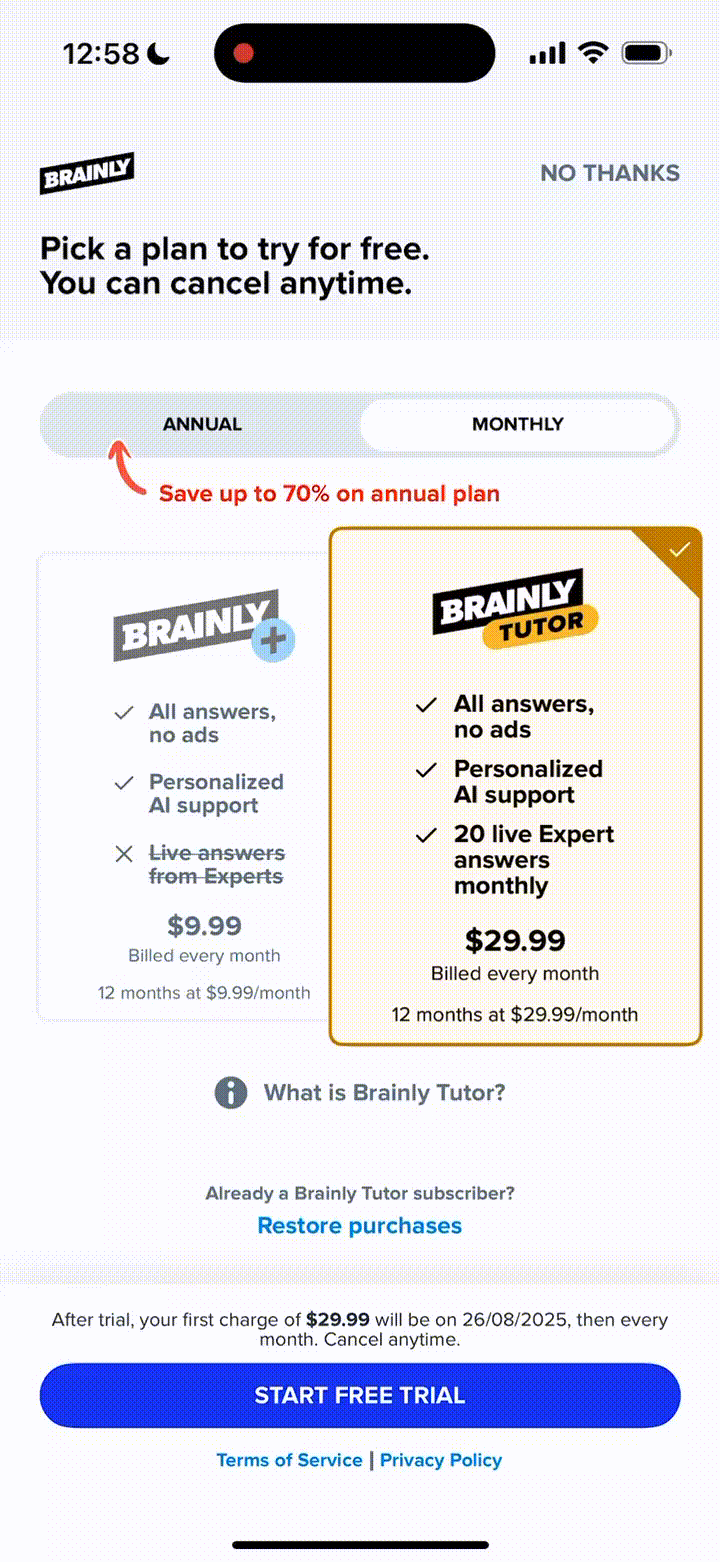
What’s working well:
- The first screen has a strong headline with stats, social proof, and feature highlights. Thumbs up for that.
- A friendly “Maybe later” button offers a respectful opt-out, which is refreshing to see in a world of hidden or delayed close buttons.
What I would test next:
- I’d explore alternative designs for the tier comparisons (Plus vs. Tutor) as well as the yearly vs. monthly versions. Right now, it takes considerable effort to understand the differences. As a result, instead of feeling like a benefit, the free trial becomes a source of confusion. I’d test lowering the monthly prices.
- While I understand that the current prices can be a decoy to encourage users to choose annual plans, it can also be a barrier for those who a) have limited funds, like students, and/or b) aren’t ready to commit to a yearly subscription. A more accessible monthly price could help remove these conversion barriers. The impact on ARPPU and LTV should be tracked, though.
Chegg
Last month revenue: $500K
Last month downloads: 200K
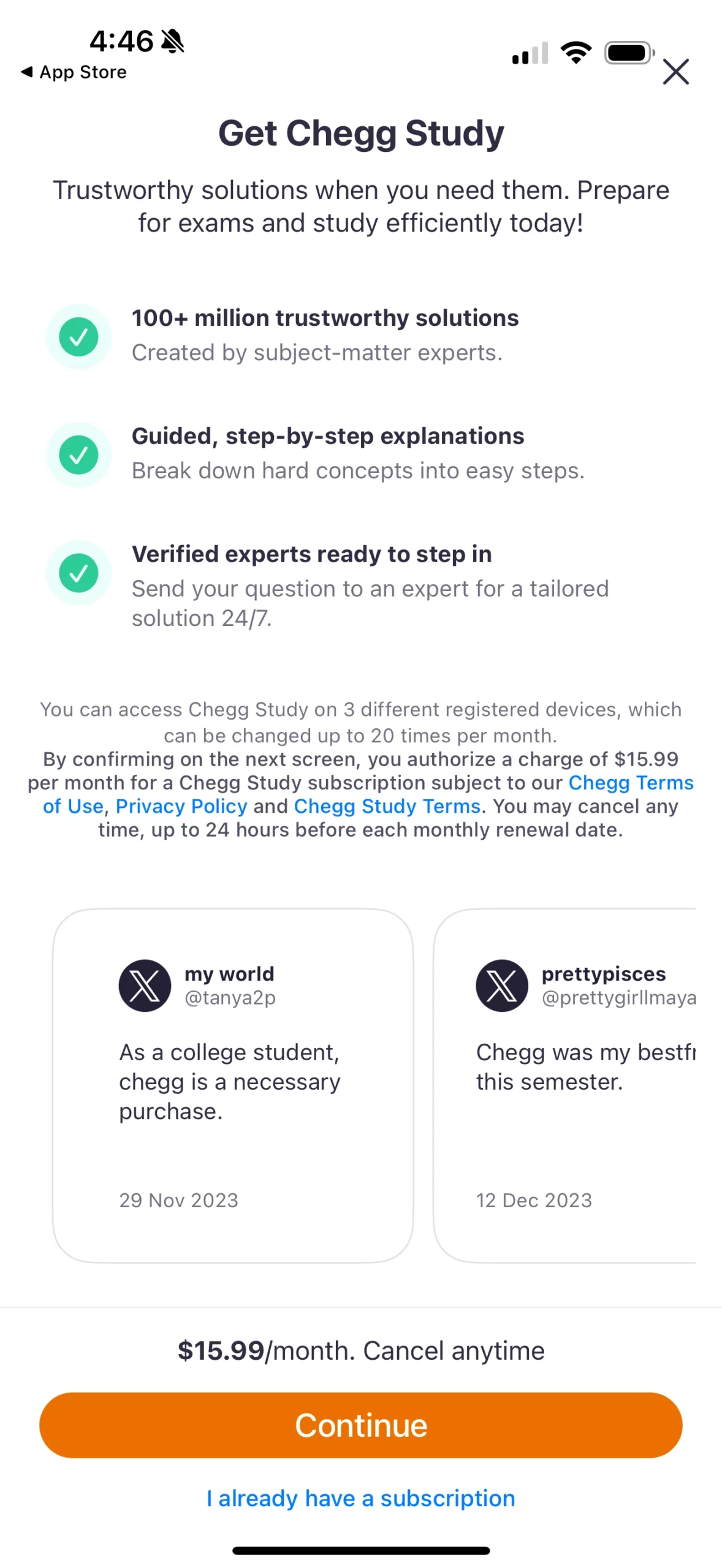
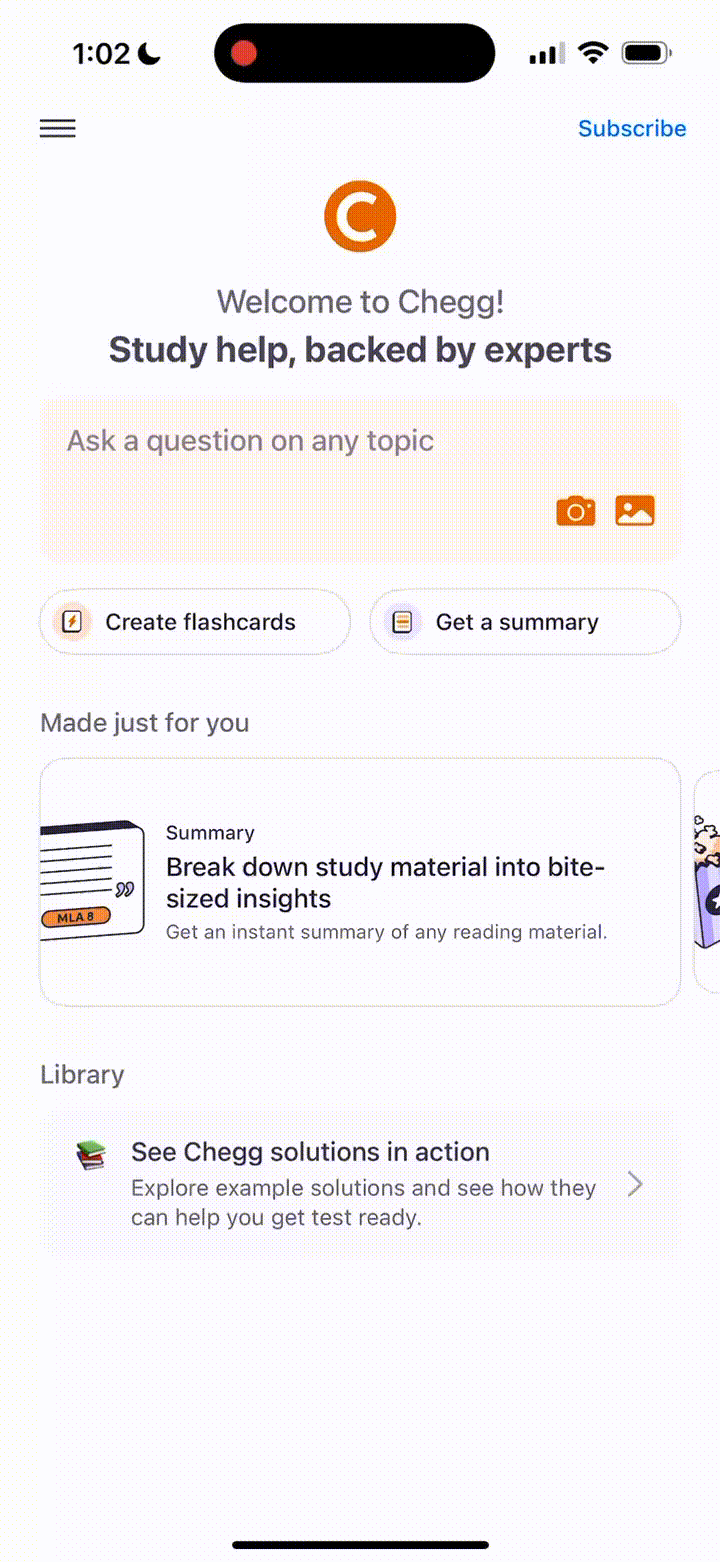
What’s working well:
- Chegg uses testimonials styled as tweets – an excellent trust signal. Reviews in a familiar, social format (e.g., wrapped as Messenger or WhatsApp messages, social media posts, or SMS) often feel more authentic than standard quotes. I’ve never seen this tactic on paywalls so far, but I’ve seen it working well in paid ads.
What I would test next:
- I’d offer at least one alternative to the monthly plan (e.g., a 3- or a 6-month plan) to diversify the subscription options, catering to users with varying levels of commitment and budgets.
- Reducing text density can also make the paid offer easier to digest.
And that’s it for this issue.
Keep experimenting, keep growing.
